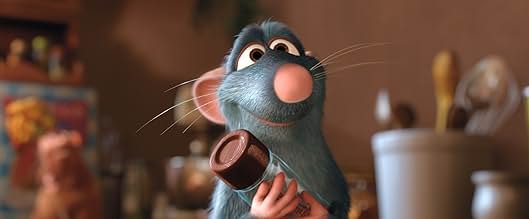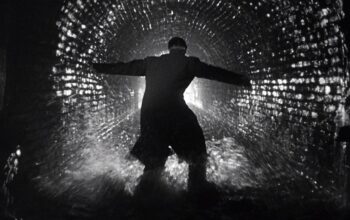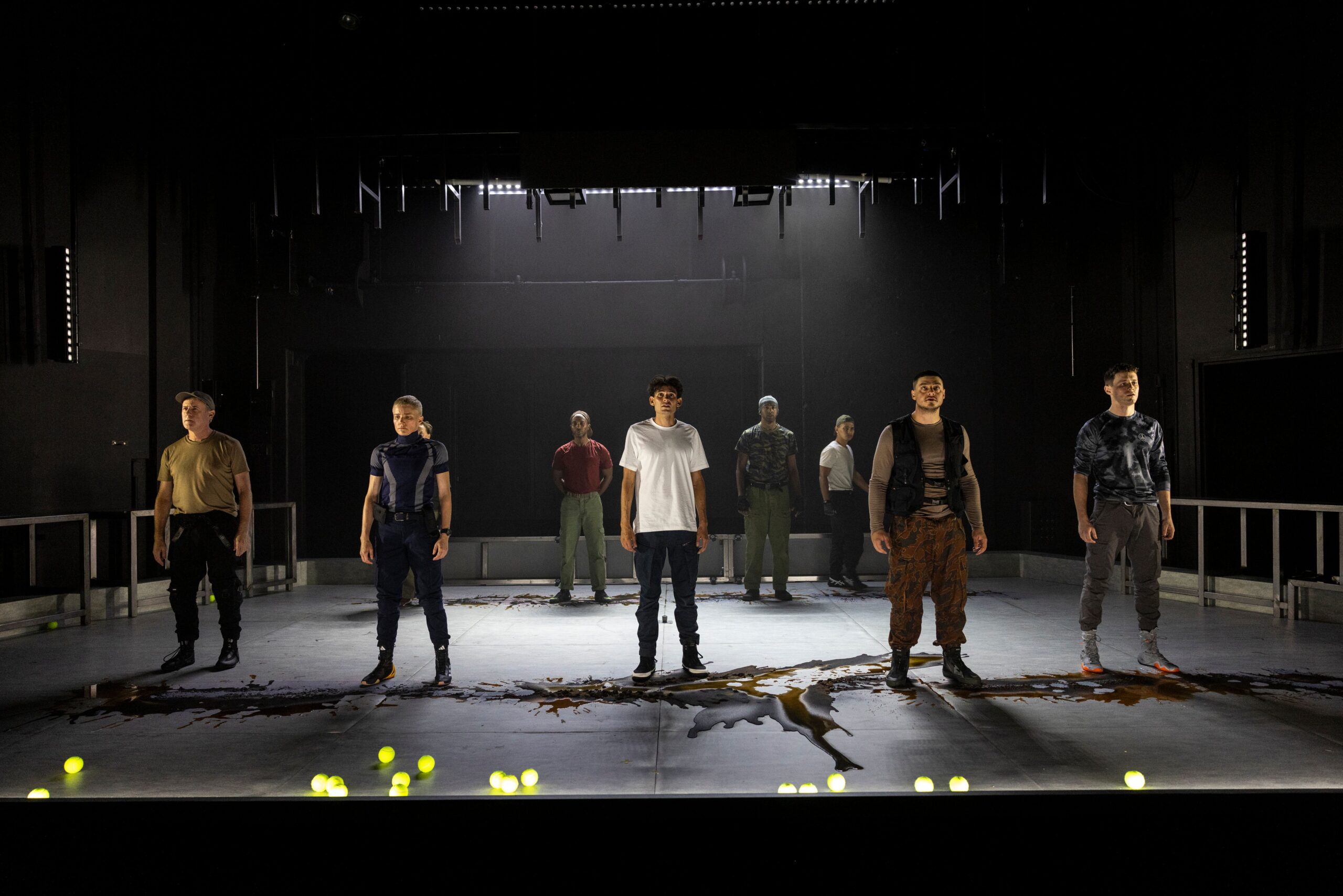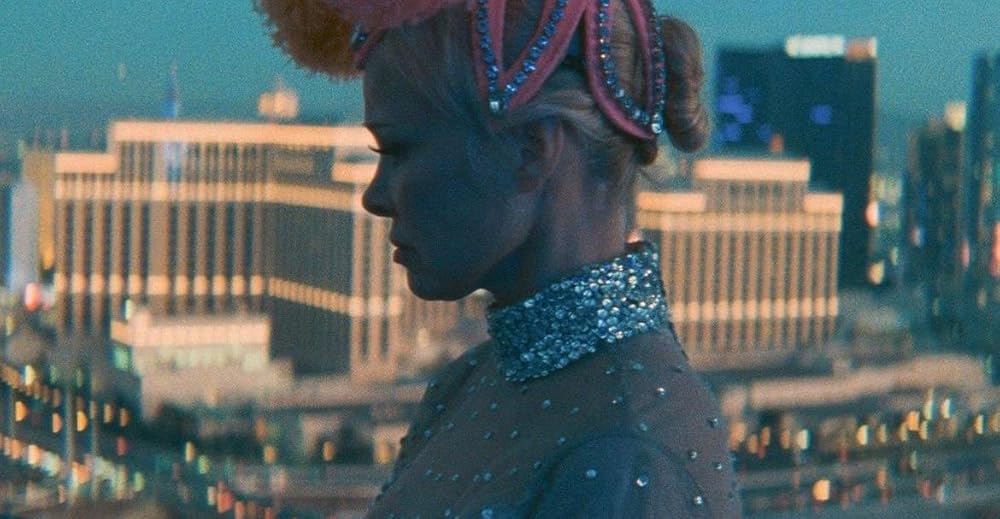I have never been one for animated films. I know for some people, they’re the only kind of films; studios like Disney/Pixar and Dreamworks continue to be popular among children and adults alike. Maybe for some of these people, they represent nostalgia, the innocence of childhood; for others they’re exemplary for the art in their animation. For me, though? I didn’t watch many movies at all as a child, and I’m not enough of an artist, I don’t think, to distinguish between artistically good and bad animation. As such, I’ve never really cared for the films, and often found myself mostly underwhelmed by any I did watch – until, that is, I watched Ratatouille.
The film follows a young rat, Remy, whose excellent senses of smell and taste lend themselves to an extraordinary aptitude for cooking. Remy dreams of being a chef, but is held back by his colony’s disinterest in food and their wariness of humans. After being separated from his colony, Remy finds himself in Paris, at the restaurant formerly run by Chef Auguste Gusteau (Remy’s cooking hero). He eventually becomes friends with the restaurant’s garbage boy, Alfredo Linguini, who discovers Remy’s skill. The two start cooking together, and although Linguini shows little skill as a chef, Remy is able to guide him to make the recipes by hiding under Linguini’s hat and pulling on his hair to make him move. In this way, the two make recipe after recipe, with Linguini (and the restaurant, Gusteau’s) becoming the toast of Paris.
I know it’s ironic to say this given that I spoke previously about my inability to discern ‘good’ animation, but I truly believe that of all the delight Ratatouille offers viewers, the standout is the style in which it is animated. Has this always been the case, and I’ve simply been missing it in previous animations I’ve watched? Ratatouille is far from realistic in style, but it’s in this that the film is able to be most effective. In place of visual realism, it is all the more precise and realistic in its feeling, that is, the effect it has on viewers.
There’s one scene in particular where the extraordinary authenticity of the animation struck me – in it, a character is pulled along in a current of water, and as they scramble to stay afloat, are tumbled over and over by the furious waves. Watching that scene, the immediacy with which I was reminded of getting dunked by waves in childhood beach visits, was profound. Instantly and overwhelmingly, I felt that I, like the character, was being rushed headfirst through the water.
Of course, the quality of the animation, although exceptional, is far from being the only or even the main area in which the film shines. The soundtrack is a highlight; it’s bright, evocative, and immediately affecting. Viewers are dragged from one emotion to the other, going from fearful to shocked to excited within the space of a single scene. Composer Michael Giacchino’s vibrant score underpins most scenes in the film, and is for many an indispensable element of the film’s success. Indeed, it’s little wonder that Giacchino received an Academy Award nomination for Ratotuille’s soundtrack (and won a Grammy!); the score is every bit as charming, memorable, and entertaining as the film itself.
Yet another area in which the film excels is the story, by which viewers (I believe) can’t help but be touched. The ideas Ratatouille explores have never, to the best of my knowledge – and in all likelihood will never – cease to be resonant. It examines love, creativity, family, and what it means to find a home; what more could one ask of it? As a whole, Ratatouille is enchanting – a fast-paced, funny, and truly warm film that, like the food its protagonists create, will hit viewers just right. And if you, like me, don’t consider yourself an animation person, just trust me – you need to watch Ratatouille.




